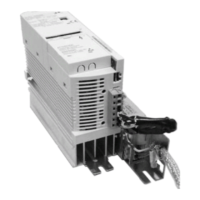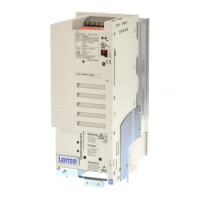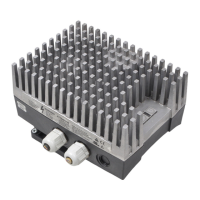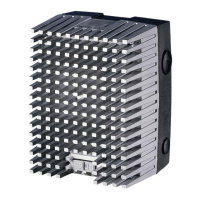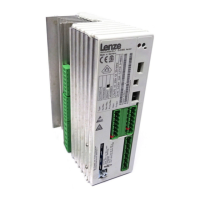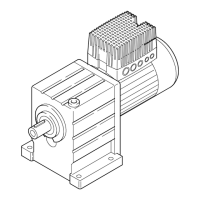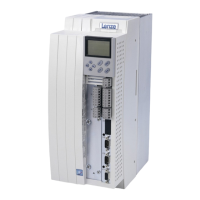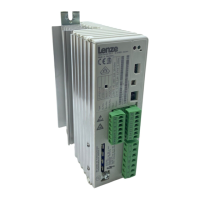Conditions for a trouble-free network of several drives
DC-bus connection
12
Network of several drives
12.4
12.4.3
L
12.4-5
EDS82EV903-1.0-11/2002
Protect the controller (with reference to the DC bus)via assigned DC bus fuses F4,
F5. The fuse protects the controller in case of:
l Internal short-circuit
l Internal earth fault
l Short-circuit in the DC-bus +U
DC
à -U
DC
,
l Earth fault in the DC-bus +U
DC
à PE or -U
DC
à PE.
)
))
) Note!
When two controllers are connected to the network:
l One fuse pair F4/F5 is sufficient.
l The fusing must be rated according to the controller with
poorer performance.
When more than two controllers are connected to the network:
l A fuse pair F4/F5 must be connected in series with each
controller.
More information about fuses:
(¶ 12.4-8)
Fuses
